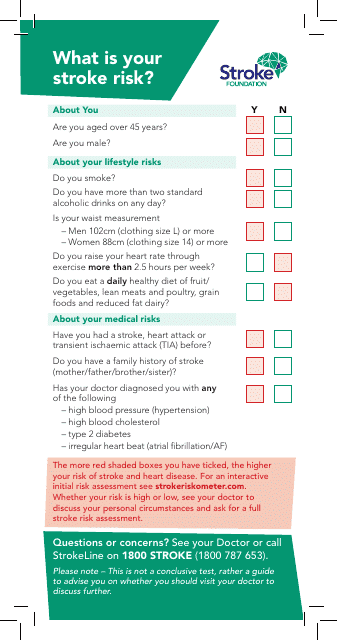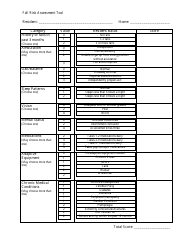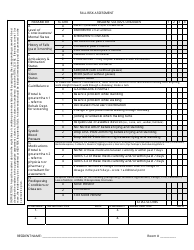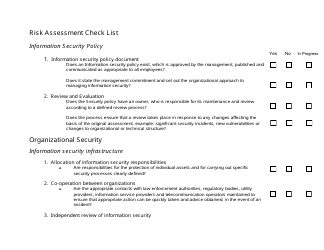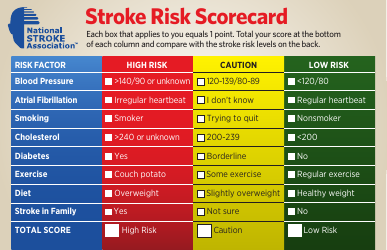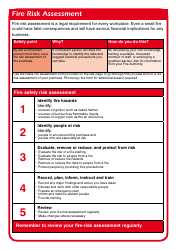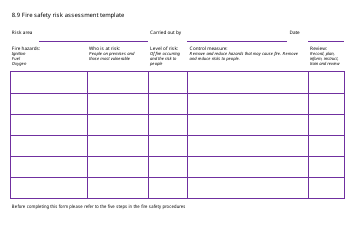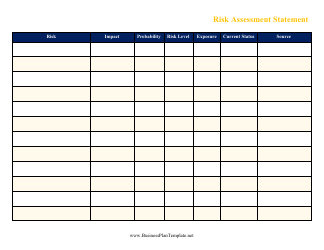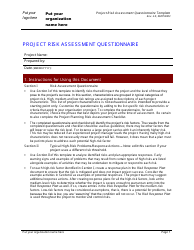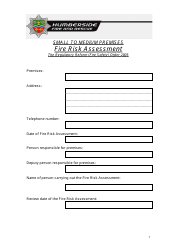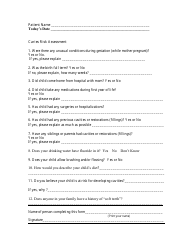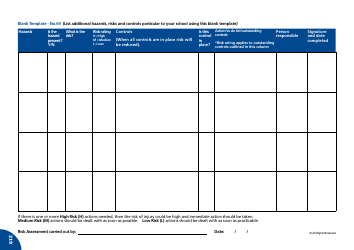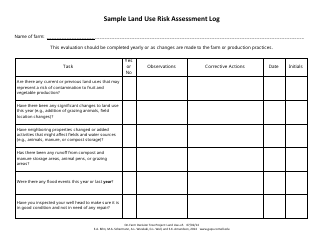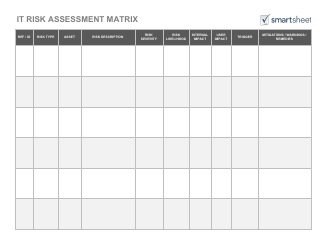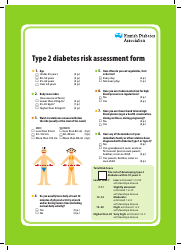Stroke Risk Assessment Checklist
A Stroke Risk Assessment Checklist is a tool used to evaluate an individual's risk of having a stroke. It identifies various risk factors such as age, sex, race, family history of stroke, personal medical history of diabetes or heart disease, lifestyle habits like smoking or sedentary behavior, and other aspects that might put a person at risk of a stroke. The purpose of this checklist is to help people become aware of their risks and take preventative action if necessary, such as managing their blood pressure, controlling their level of physical activity, maintaining a healthy diet, etc. It is also used by healthcare professionals for early detection of potential risks and providing appropriate management options.
The Stroke Risk Assessment Checklist is typically filled out by healthcare professionals such as doctors or nurses. They assess a patient's risk factors for a stroke, including their age, sex, family history of stroke or heart disease, blood pressure level, cholesterol level, diet, level of physical activity, smoking habits, and other factors. This checklist is then used to determine the individual's overall risk level for suffering a stroke and guide the course of treatment or preventive measures. In some cases, individuals might fill out some elements of this checklist under the guidance of a healthcare professional during a health check-up or consultation. The filing of this document will largely depend on the healthcare system in a specific country, as record-keeping practices can vary widely across different countries.
FAQ
Q: What is a Stroke Risk Assessment Checklist?
A: A Stroke Risk Assessment Checklist is a tool used by healthcare professionals to evaluate an individual's risk of having a stroke. It takes into account various factors like age, family history, lifestyle behaviors, and existing medical conditions that increase stroke risk.
Q: Who should use a Stroke Risk Assessment Checklist?
A: Anyone can use a Stroke Risk Assessment Checklist, but it's particularly useful for individuals over the age of 55, those with a family history of stroke, and individuals with conditions like hypertension, heart disease, or diabetes.
Q: What are some factors included in a Stroke Risk Assessment Checklist?
A: A Stroke Risk Assessment Checklist typically includes factors like age, gender, blood pressure, cholesterol levels, smoking habits, alcohol consumption, physical activity, diet, family history of stroke, and presence of medical conditions such as diabetes, atrial fibrillation, and heart disease.
Q: How can I lower my stroke risk?
A: You can lower your stroke risk by adopting healthier lifestyle behaviors like eating a balanced diet, regular exercise, quitting smoking, reducing alcohol consumption, maintaining a healthy weight, and managing chronic conditions like high blood pressure or diabetes under the guidance of a healthcare professional.
Q: Is Stroke Risk Assessment Checklist accurate?
A: While a Stroke Risk Assessment Checklist gives an estimation of your risk, it's not 100% accurate as it can't take into account every single variable. Therefore, it should not be used as a replacement for professional medical advice. Always consult with healthcare professionals for accurate information.
